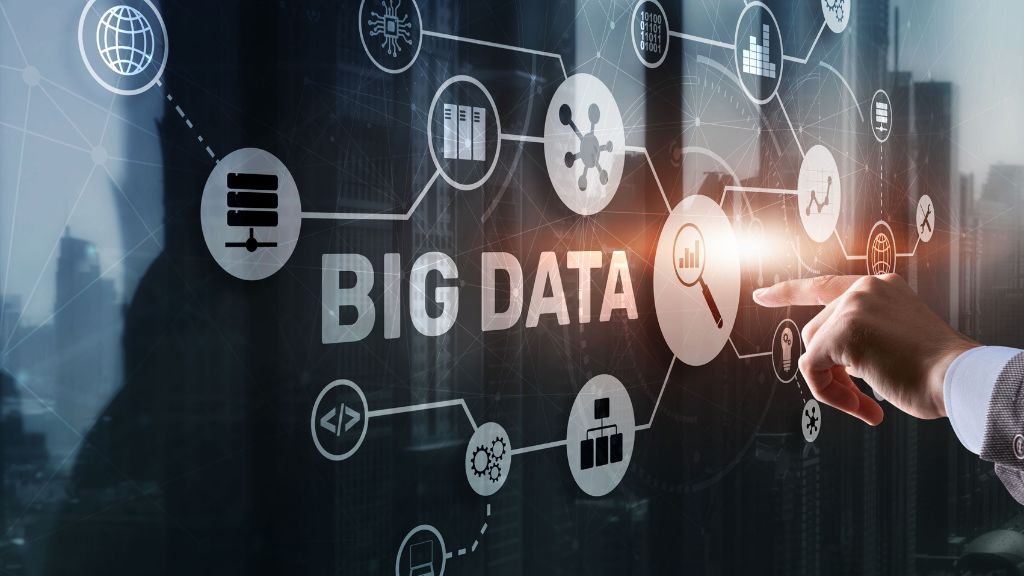

Defining your pricing strategy by harnessing Big Data helps increase the competitiveness and profits of your eCommerce. This is known as data-driven decision-making, that is, decision-making based on in-depth and exhaustive data analysis. The key is that decisions concerning your pricing strategy will be based on real data about market performance and the movements of competitors and consumers. This will allow you to offer more competitive and attractive prices. But how do you achieve this, and which metrics should you consider? We explain below.
First steps: The challenges of data-driven decision-making and how to overcome them
Selecting the right data
In the tsunami of Big Data, one of the crucial first steps is identifying the determinant metrics or KPIs when defining your pricing strategy. Generally, you should always consider:
- Data from your eCommerce: Sales volume and demand curve, stock, profit margin, internal and external costs, etc.
- Competitor data: Catalogues and prices of other companies in the sector, as well as offers and campaigns launched.
- Market data: Such as seasonal changes in demand or socio-economic factors affecting online sales.
These KPIs can be different for each company. They will depend on company structure, business objectives and whether the sector in which they move is highly competitive or not.
Centralization of data in pricing software
To handle all this data without impacting the company’s profitability or productivity, you also need pricing software programmed to collect data from various sources. The software will then centralize data in a single, easy-to-interpret control panel. Manual data compilation is extraordinarily laborious and reduces the effectiveness of data-driven decision-making, since the risk of errors increases exponentially. Using an automated system to monitor competitors and the sector, will allow you to react quickly to other companies’ movements, so as not to lose competitiveness.
In addition to the benefits mentioned above, systems with Machine Learning can harness Big Data to perform predictive analysis about changes in demand and competitors’ prices.

Final step: Applying Big Data to a Dynamic Pricing strategy
In practice, when applying the conclusions of this in-depth data analysis to help define a pricing strategy, one of the most beneficial models is dynamic pricing. This is because it allows catalogue prices to be adapted quickly and easily to changes in the market. Combining Big Data with dynamic pricing helps ensure that these changes are not arbitrary but are accurate and help optimize sales.
To further boost the profitability of your pricing strategy, the most advanced software systems available today have powerful algorithms that determine the optimal price for each product at all times to maximize sales and profit margin. For example, Amazon is a player in dynamic pricing par excellence. Amazon changes the prices of its products almost continuously and automatically according to users’ needs to boost turnover. Amazon’s growth proves that data-driven pricing strategies have become essential for companies that want to thrive and excel.
Find out how Minderest can take your business to the next level.
Contact our pricing experts to see the platform in action.
Related Articles

Triumph on TikTok Shop: Pricing strategies to sell more
TikTok Shop is revolutionizing eCommerce. This new platform allows content creators to sell products directly to their followers, offering a unique opportunity to reach a massive audience and...
How to set prices for your go-to-market strategy
“You never get a second chance to make a first impression” is one of the most clear-cut phrases in the marketing world. This saying stresses the need to build an effective go-to-market strategy,...